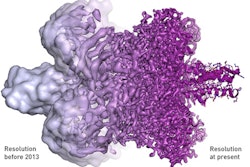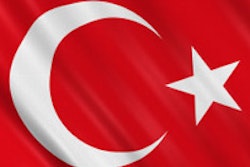The 2014 Nobel Prize in Physiology or Medicine has been awarded to John O'Keefe, May-Britt Moser, and Edvard Moser for their discoveries of cells that constitute a positioning system in the brain.
The "inner GPS" in the brain makes it possible to orientate in space. In 1971, O'Keefe discovered a type of nerve cell in the hippocampus was always activated when a rat was at a certain place in a room. Other nerve cells were activated when the rat was at other places. He concluded these "place cells" formed a map of the room.
In 2005, May-Britt and Edvard Moser discovered another type of nerve cell, "grid cells," that generate a coordinate system and allow for precise positioning and path finding. Place and grid cells make it possible to determine position and navigate.
Using brain imaging techniques and studying patients undergoing neurosurgery have shown that place and grid cells exist also in humans. For instance, in patients with Alzheimer's disease, the hippocampus and entorhinal cortex (where place and grid cells are found) are frequently affected, and these individuals often lose their way and cannot recognize the environment. Knowledge about the brain's positioning system may help researchers understand the mechanism behind the spatial memory loss that affects people with Alzheimer's.



















